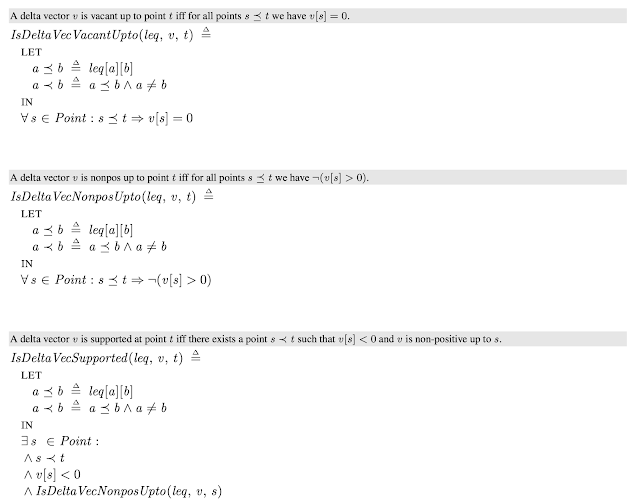Use of Time in Distributed Databases (part 3): Synchronized clocks in databases

This is part 3 of our "Use of Time in Distributed Databases" series . In this post, we explore how synchronized physical clocks enhance database systems, focusing on research and prototype databases. Discussion of time's role in production databases will follow in our next post. To begin, let's revisit the utility of synchronized clocks in distributed systems. As highlighted in Part 1 , synchronized clocks provide a shared time reference across distributed nodes and partitions. For simple, single-key replication tasks, such precision is often unnecessary and leader-based approaches such as MultiPaxos or Raft is much more appropriate. Even WPaxos might be considered if you need a WAN deployment. Of course, if you want to go very fancy by using a leaderless designs, such as those in the EPaxos family/Tempo/Accord, then dependency graphs and time synchronization re-enter the picture. The true value of synchronized clocks becomes apparent in distributed multi-key operat...









